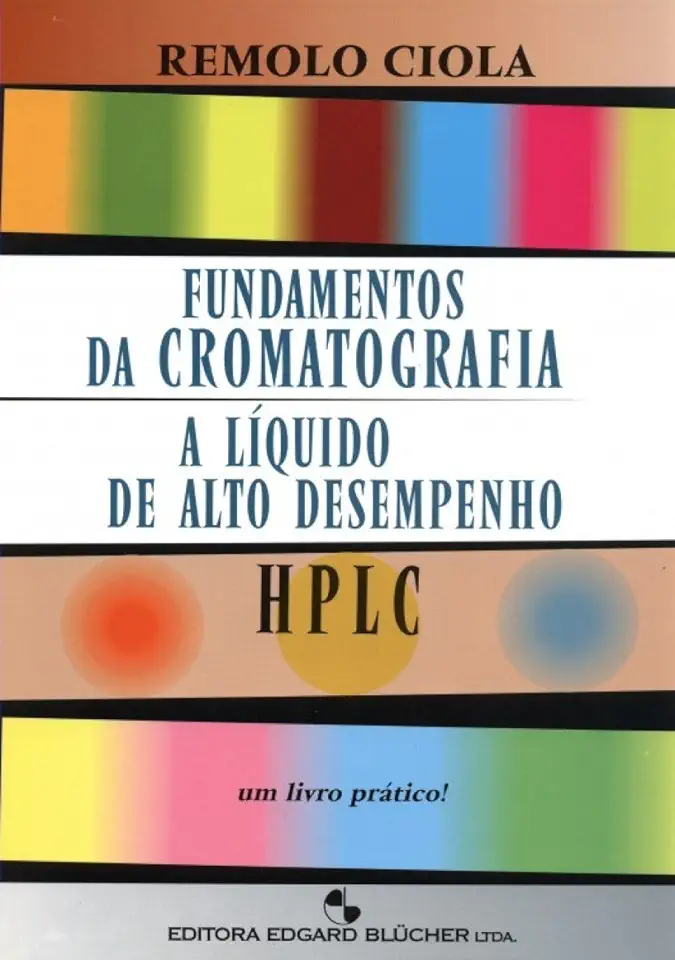
Fundamentals of High Performance Liquid Chromatography - Ciola
Fundamentals of High Performance Liquid Chromatography
An Introduction
High performance liquid chromatography (HPLC) is a powerful technique for separating and analyzing complex mixtures of compounds. It is used in a wide variety of applications, including pharmaceutical, environmental, and food analysis.
HPLC works by passing a sample through a column packed with a stationary phase. The sample components interact with the stationary phase to different degrees, causing them to separate. The separated components are then detected and quantified.
HPLC is a versatile technique that can be used to analyze a wide variety of compounds. It is also a relatively fast and efficient technique, making it ideal for routine analysis.
The Basics of HPLC
The basic components of an HPLC system include:
- A pump to deliver the mobile phase
- A column packed with a stationary phase
- A detector to detect the separated components
- A data acquisition system to record and analyze the data
The mobile phase is a solvent or mixture of solvents that is used to carry the sample through the column. The stationary phase is a solid material that is coated onto the inside of the column. The detector is a device that measures the concentration of the separated components in the mobile phase. The data acquisition system is a computer that records and analyzes the data from the detector.
HPLC Columns
The column is the heart of the HPLC system. It is responsible for separating the sample components. HPLC columns are available in a variety of sizes and shapes. The most common type of column is the packed column. Packed columns are filled with a solid support material, such as silica gel or alumina. The support material is coated with a thin layer of stationary phase.
Another type of column is the monolithic column. Monolithic columns are made from a single piece of porous material. The pores in the monolithic column are coated with the stationary phase.
HPLC Detectors
There are a variety of different detectors that can be used with HPLC. The most common type of detector is the ultraviolet (UV) detector. UV detectors measure the amount of light that is absorbed by the sample components.
Other types of detectors include:
- Fluorescence detectors
- Mass spectrometers
- Refractive index detectors
- Electrochemical detectors
HPLC Applications
HPLC is used in a wide variety of applications, including:
- Pharmaceutical analysis
- Environmental analysis
- Food analysis
- Forensic analysis
- Clinical chemistry
HPLC is a powerful technique that can be used to analyze a wide variety of compounds. It is also a relatively fast and efficient technique, making it ideal for routine analysis.
Why You Should Buy This Book
This book provides a comprehensive introduction to HPLC. It covers everything from the basics of HPLC to the most advanced techniques. This book is essential for anyone who wants to learn more about HPLC.
Here are some of the benefits of this book:
- It is written by a leading expert in HPLC.
- It is comprehensive and covers everything you need to know about HPLC.
- It is well-written and easy to understand.
- It is full of helpful illustrations and diagrams.
If you are interested in learning more about HPLC, then this is the book for you. Order your copy today!